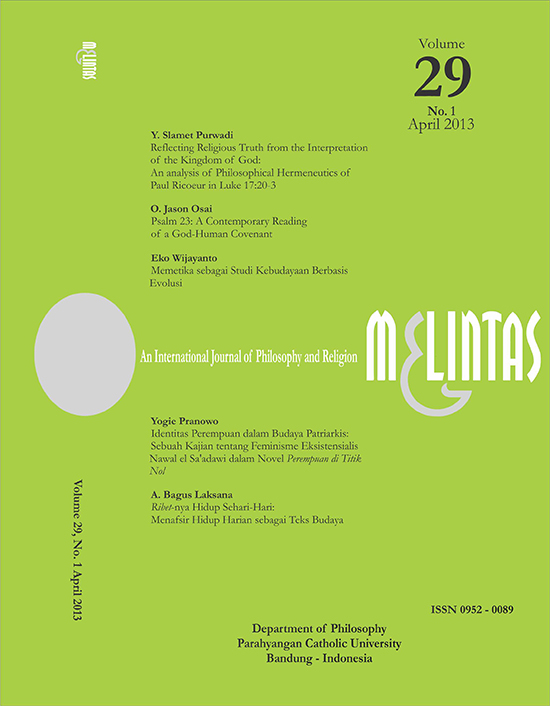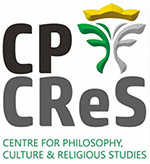Psalm 23: A Contemporary Reading of a God-Human Covenant
DOI:
https://doi.org/10.26593/mel.v29i1.263.23-41Abstract
The scriptures of all the world religions are written with hidden meanings; this is to ensure that only the initiated, the adept and the ardent seeker of knowledge can understand the deeper meanings of the text and this is done through the utilization of proverbs, metaphors, anecdotes and parables, which the literature of Judeo-Christian theology refers to a “dark sayings.” This paper subjects the God-human covenant, which is metaphorically captured in Psalm 23, to critical analysis within the context of the essence of the relationship between God and human and how that covenants human attitudinally and behaviorally in his or her interpersonal relationship in the human community including his sensitivity to the earth environment and other non-human occupants of the earth. The paper argues that it is this attitudinal and behavioral disposition of the individual to his relationship with his fellow human beings, his lower neighbors in the animal kingdom and the earth environment that determines the degree to which he lives in harmony with the Creator and, consequently, his transcendence and, therefore, ascent on the eternal journey towards oneness with God, the Good Shepherd. This, the paper emphasizes, has nothing whatsoever to do with the color, creed, station or location of the individual; it is purely a one-on-one relationship between God and every human being in creation.Downloads
Published
2014-07-14
Issue
Section
Articles
License
MELINTAS applies the Creative Commons Attribution (CC BY NC) license to articles and other works we publish. If you submit your paper for publication by MELINTAS, you agree to have the CC BY NC license applied to your work.


